Knowing how to ask yourselves the right questions and then answer them is the key to improve your chances on any bridge hand, be it as declarer or as defender.
I’ll give you a hand below, and a series of questions – like a riddle! Try to answer these questions by yourself. Then look at the answers, which will be presented together with the full deal.
At the end we’ll summarize a few important “Things to remember” for each problem. Enjoy!
Dealer East, None Vulnerable
Against 5♠ West led the ♦3.
- What can you infer from the lead?
- You won the Diamond trick and played the ♠A. Both opponents followed with low Spade. How does the Club suit split?
- How does the Diamond suit split?
- How does the Heart suit split?
- How does the Spade suit split?
- What is the danger here?
- How will you continue?

Comments
One response to “Seeing through cards #23”
Thanks for the valuable suggestions, hope to get much more in future.